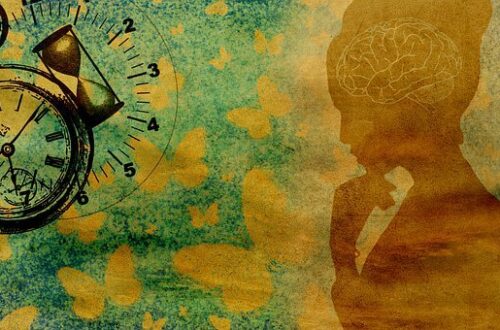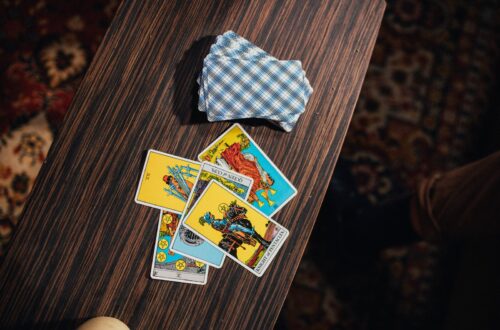
History of Voodoo
History of Voodoo
Vodou is the Haitian name for the cult, which comes from the word “vodũ,” which in the language of the West African Fon tribe means deity. The roots of Vodou are to be traced precisely to the Black Continent. At this point it is worth noting that in the popular consciousness Vodou functions as Voodoo, which is the English name for this cult.
In the area of today’s Benin (formerly Dahomey), which is located in West Africa and is home to, among others, the Fon tribe, there was a Vodou cult from time immemorial. The term was used to describe menacing spirits that were summoned and asked for protection and protection. They believed in the existence of one Creator God, whom they called Mawu, but did not worship him. Instead, many spirits were worshipped – the Woduns, who were considered intermediaries between Mawu and humans. Each family, each tribe had its own pantheon of deities. Rituals were performed, during which animal sacrifices were made and one of the participants entered a trance. The presence of the summoned Wodun was believed to manifest in this state. The colonization of Haiti and the influx of slaves from West Africa led to the appearance of the Woduns on Caribbean soil along with them.
Spanish colonization
In 1492 Christopher Columbus discovered an island in the Caribbean Sea, which he named Hispaniola (in honor of his homeland). The land was inhabited by Indian tribes – Taino and Aranak. They called it Haiti. The first Spanish settlers arrived on the island in the early 16th century. They discovered gold mines on the spot. They also expected huge profits from growing sugarcane there. The natives were forced to work murderously in inhumane conditions. Those who rebelled were whipped and starved, and even publicly executed. As a result, by the end of the 17th century, only 60,000 natives remained out of more than a million. In fact, from the beginning of Spanish colonization, African slaves from the Dahomey region began to be brought to the island. It was not without reason that the area was then referred to as the “slave coast.”
French colonization
In 1628, French pirates appeared on the island adjacent to Haiti, attacking Spanish ships. In time, French settlers came to Haiti. They established cocoa and cotton plantations. In 1697, after much fighting, the Spanish withdrew from the western part of the island. The French occupied it, and called the area Santo Domingo. From the second half of the 17th century, the French also joined the shameful practice of human trafficking. And like the Spanish, they imported slaves from the Dahomey region.
The birth of Voodoo
From the very beginning, the colonizers tried to obliterate the slaves’ memory of their origins. They were transported in shackles, miserably fed, and smacked with whips. Upon arrival on the island, they were shuffled. Family members and people from the same tribe were separated. The Africans were malnourished, intimidated and tired. In time, they were baptized and forcibly converted to Catholicism. At first this aroused enthusiasm in the slaves. In the white, baptized “masters” they saw God’s chosen ones. However, they quickly learned that the new faith did not change their plight. They began to return with their thoughts to the deities abandoned in their homeland. And secretly cultivate the faith in which they were raised. But they began to identify the Woduns with Catholic saints. Thus begins the story of Voodoo – the fusion of ancient West African beliefs and practices with Christianity.




